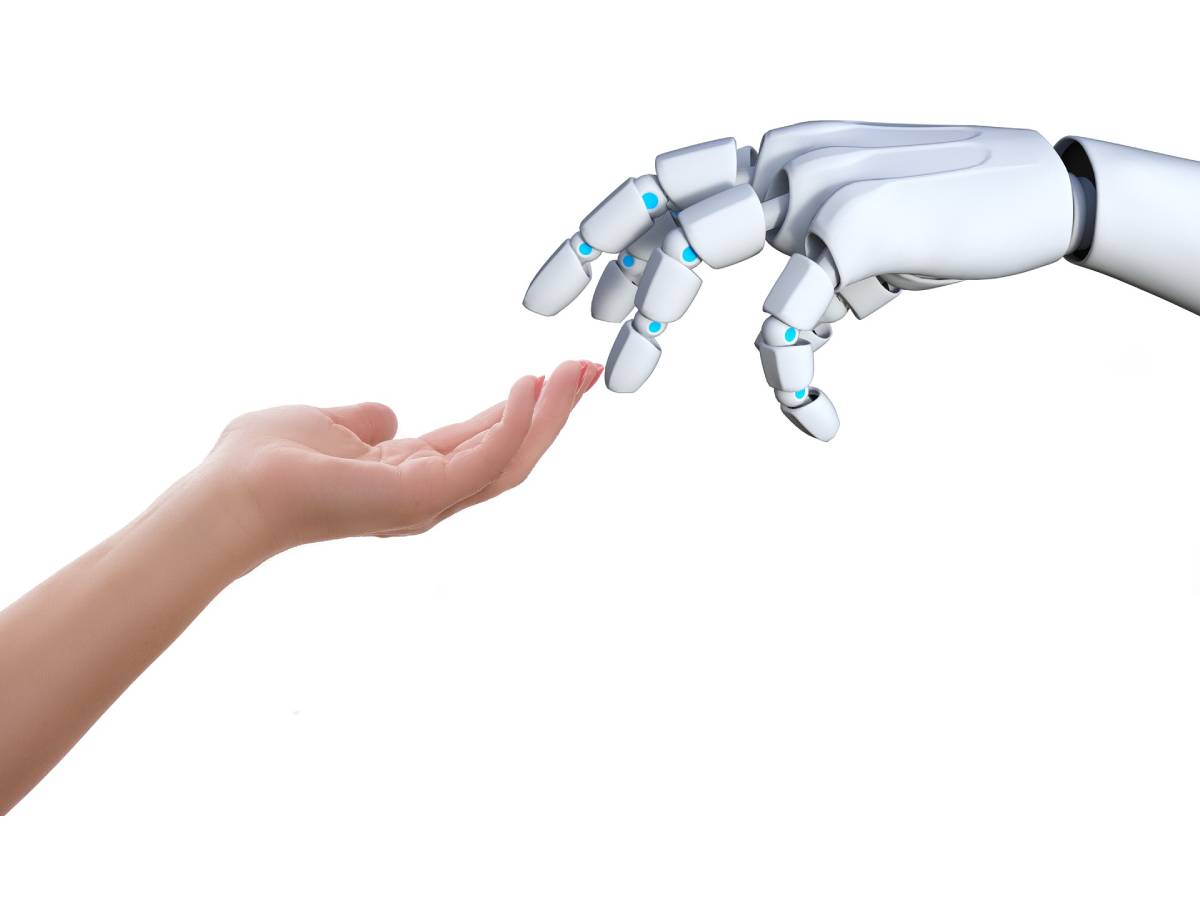Nowadays, collaborative robots or “cobots” are used more often in the industrial environment and are used to carry out assembly, packaging and material handling activities.
Cobots can work alongside humans, doing the same activities and helping them complete their tasks. This article will look at the positives and negatives of the interaction between cobots and humans.
Table of Contents
Interaction Between Humans And Robots: How It Works
Technology is advancing faster, leading to more significant interaction between humans and machines. The so-called collaborative robots or cobots are more and more widespread in our lives at home and professional levels.
In the home, cobots can be used for different activities, such as cleaning the house or preparing meals. In the professional field, on the other hand, cobots are used to carry out repetitive and sometimes even dangerous tasks, such as handling heavy materials or industrial machinery.
The Interaction Between Cobots And Humans Can Have Both Positive And Negative Sides.
Let’s see what the disadvantages of using collaborative robots are:
- From the point of view of the human worker in collaboration with the cobot, psychological risks must be addressed.
- The cost of cobots is relatively high (not accessible to any company). Their price can be a deterrent for many companies, tiny and medium-sized ones.
- Cobots can be dangerous if not used correctly. If placed in the wrong positions or handled incorrectly, they can almost prove to be a weapon for company employees.
Cobots also need maintenance to be carried out meticulously and on schedule to prevent accidents at work.
The negativity of the aspects can be quickly neutralized by the many positive aspects regarding using these very high-efficiency machines.
The positives mainly concern:
- Increase the efficiency of the production process.
- Reduce production times and increase the quality of the final product.
- By being used in dangerous or difficult areas for humans, the risk of injury is minimized.
- Cobots can be programmed to perform different tasks, which allows workers to focus on other tasks.
From whatever perspective you look at it, integrating manufacturing force with collaborative robots is a boon to business productivity. Knowing more details is easy; just contact Homberger Robotics and explain your needs.
These third-generation robots are on the rise. We believe that in a short time, many Italian companies (many more than expected) can choose to buy cobots, giving life to a real turning point in the industrial market and beyond.
The greater the market demand, the more extensive the offer will be; consequently, significant changes will be integrated, improving safety and versatility of use.
Furthermore, the interaction between humans and cobots is increasingly innovative and insightful. Collaborative robots are equipped with artificial intelligence capable of automating the production process in the workplace.
Thanks to the uninterrupted exchange of information, cobots are increasingly capable of overcoming obstacles and choosing alternative routes to routine ones.
The ultimate goal will be to make the cobots completely autonomous. In the not-too-distant future, the development of more robust processors and a broader vision will allow cobots to roam factories without necessarily having to interface with humans.
Also Read: Robots – History, Types & Application

